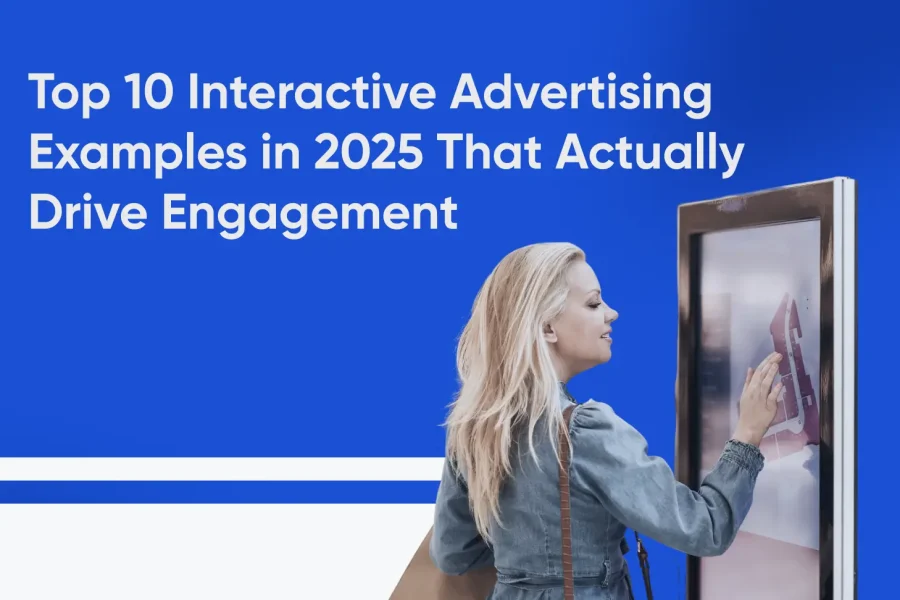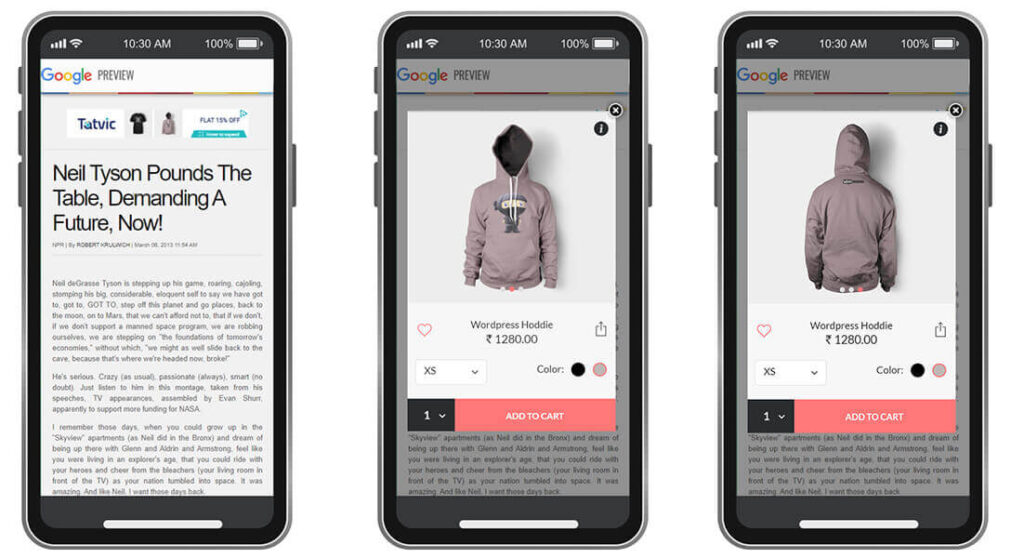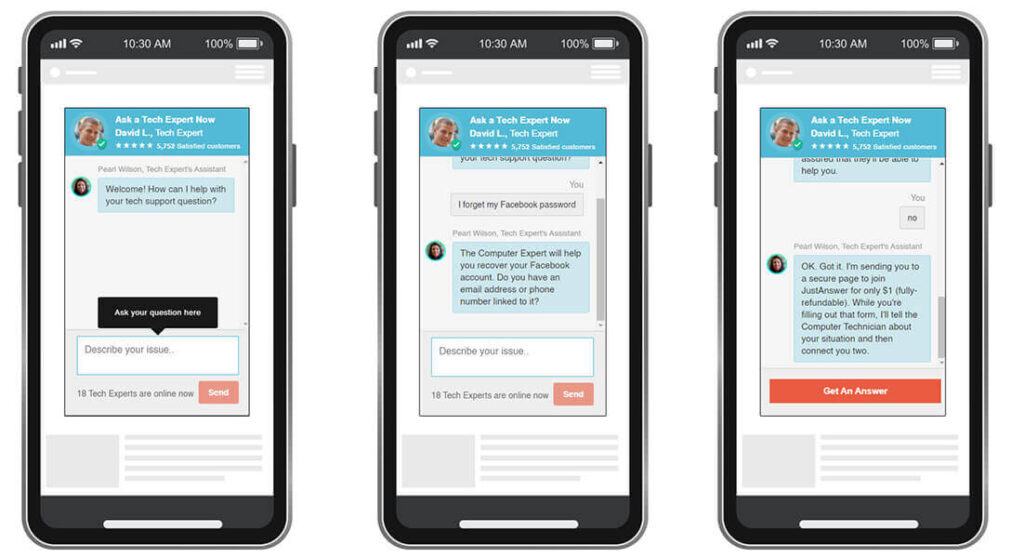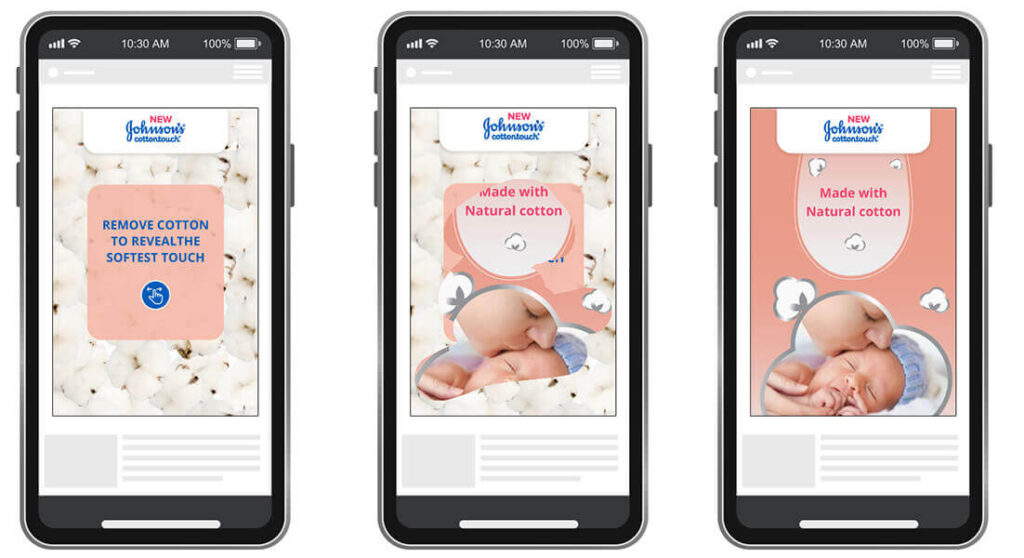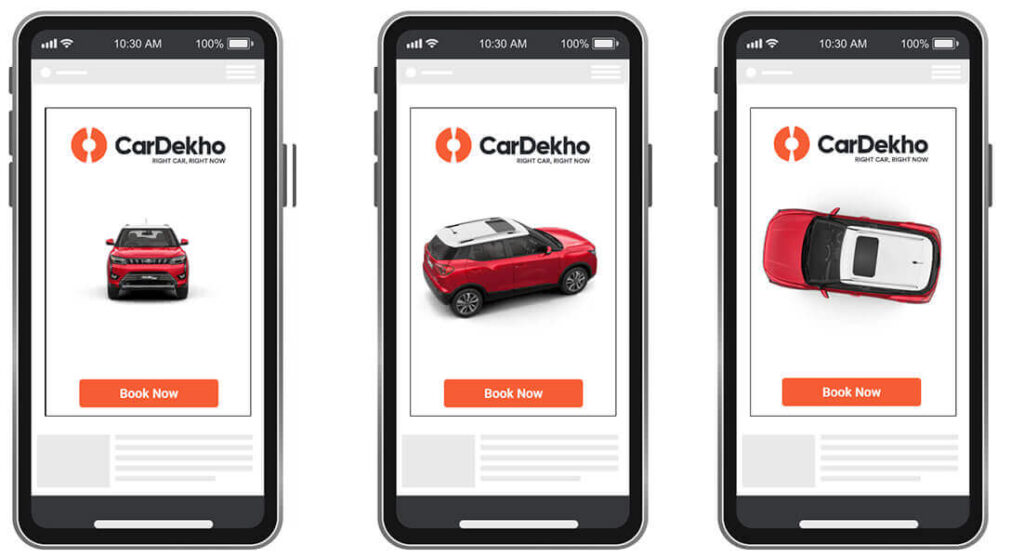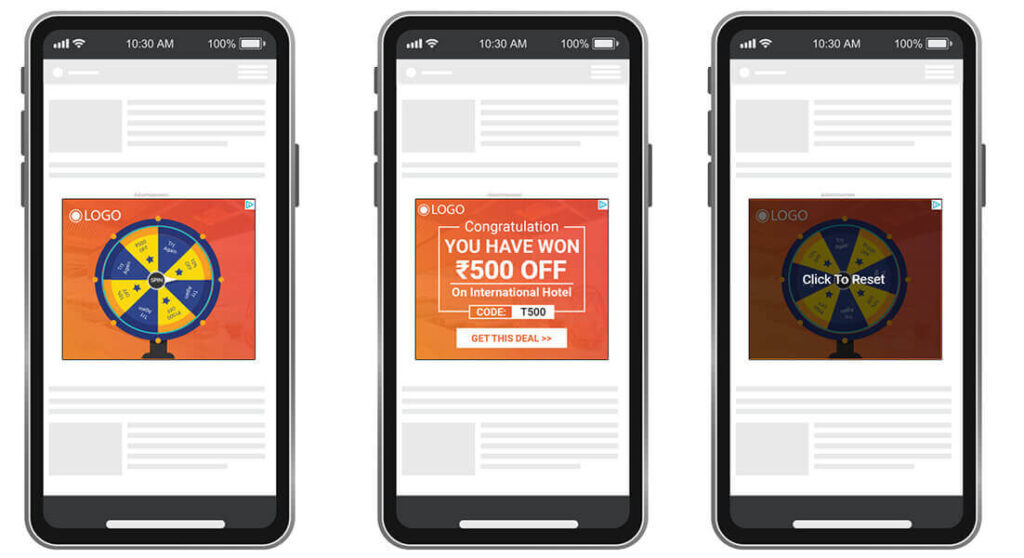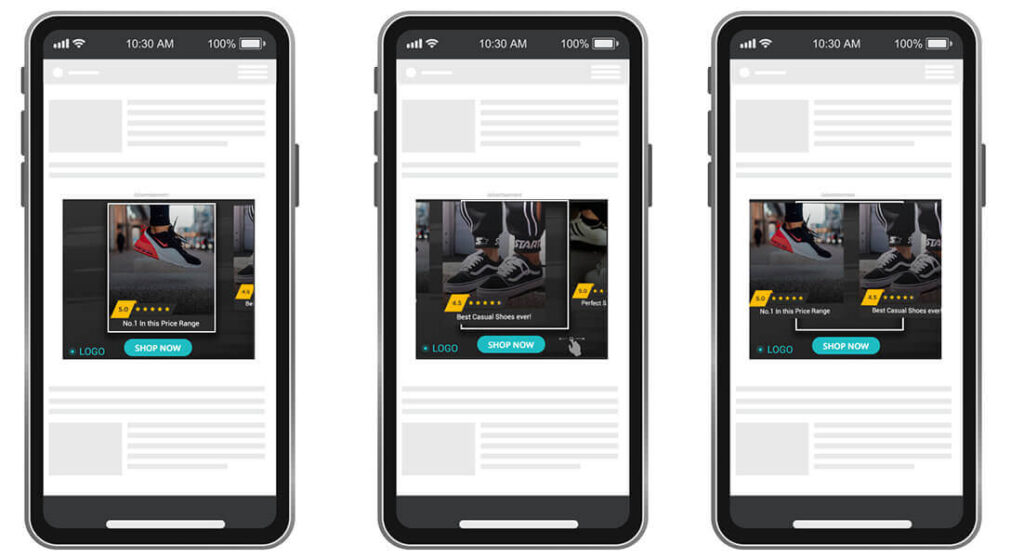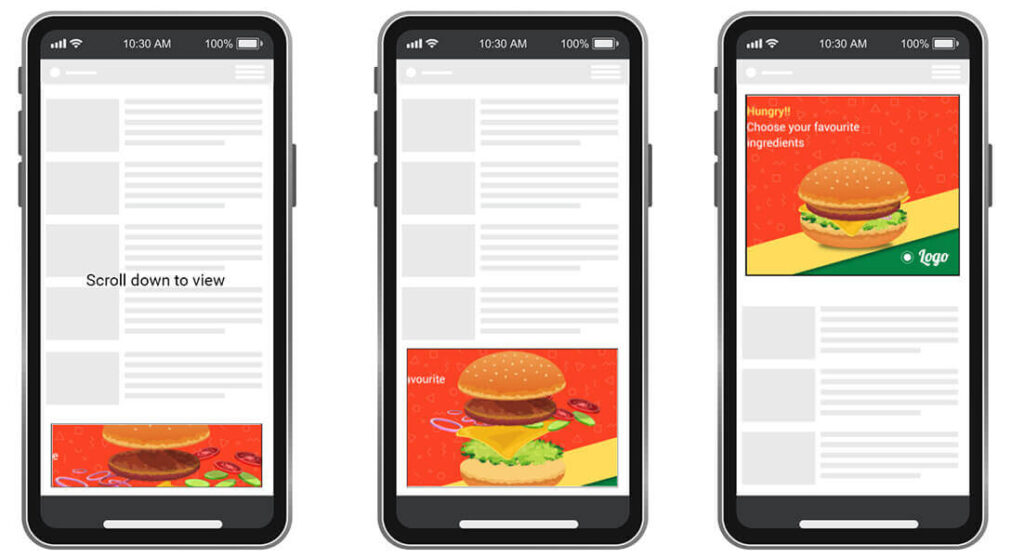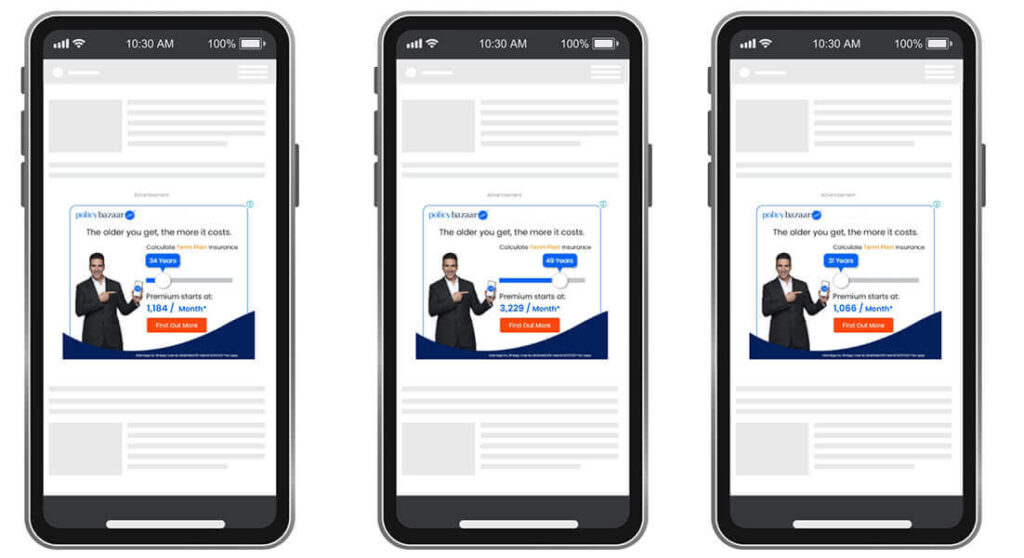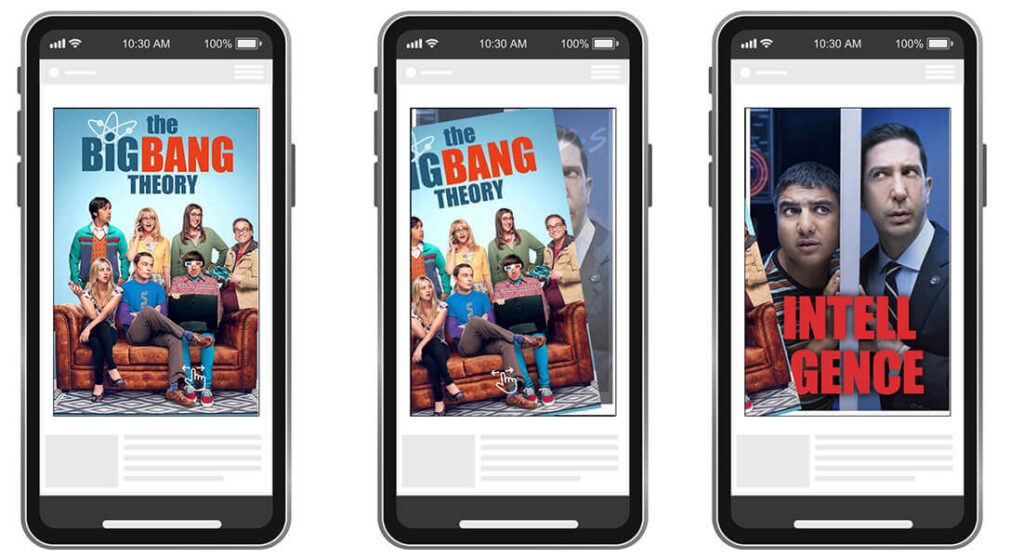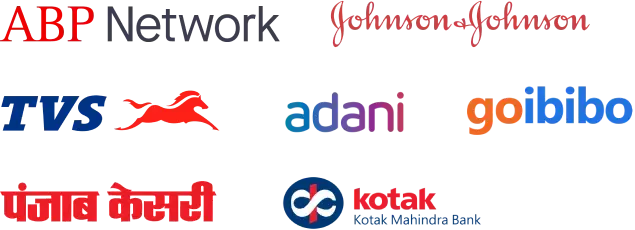Do You Know Why Standard Ads Are Fading And Interactive Ads Are Winning!
In 2025, the digital advertising landscape is undergoing a seismic shift.
The average internet user is exposed to over 10,000 ads each day, a number that has nearly doubled over the past five years.
With so much noise, traditional static banner ads are struggling to break through.
The result?
A phenomenon known as banner blindness, where users subconsciously ignore anything that looks like an ad.
Even more concerning for marketers is the steady decline in user attention spans, now averaging just 7.2 seconds, shorter than ever before.
As consumers grow savvier and more selective, brands are being forced to rethink how they capture—and keep—attention in a saturated digital space.
That’s where interactive advertising comes in.
Unlike passive display ads, interactive ads invite users to participate, scroll, swipe, tap, spin or respond.
This level of involvement not only enhances user engagement but also improves brand recall and click-through rates (CTR).
We’re seeing a major pivot, marketers are shifting to interactive advertising formats because they work. Engagement rates are 3x higher than static ads,” says industry research from eMarketer’s 2025 report.
In fact, interactive ads are changing digital marketing in fundamental ways. They turn ads from disruptions into experiences.
Whether it’s a spin-the-wheel discount game, a quiz that tailors product recommendations, or a 360° product view, these ad formats are built to delight, engage, and convert.
For performance-driven marketers, it’s not just a creative choice, it’s a strategic imperative.
As personalization and immersive content become baseline expectations, interactive advertising is no longer optional, it’s essential.
What Are Interactive Ads?
Interactive ads are digital advertisements designed to actively engage the user by requiring some form of interaction: tapping, swiping, clicking, scrolling, speaking or playing.
Unlike traditional static ads that passively display content, interactive advertising transforms the user experience into a two-way conversation, encouraging participation and response.
The goal?
To drive deeper engagement, increase brand recall and boost click-through rates (CTR).
In an era where passive content is often ignored, these dynamic formats break through the noise by making users part of the storytelling process.
You’ll find interactive ad formats in a variety of forms like quizzes, polls, playable demos, gamified banners, 360° product views and even voice-command-enabled ads in smart environments.
As consumer expectations evolve in 2025, brands that embrace interactive advertising are seeing significantly higher ROI, more qualified leads and improved conversion rates.
Pro Tip
Interactive advertising consistently outperforms static ads with 2–5X higher engagement rates, making it a must-have in your 2025 ad strategy.
Why Use Interactive Advertising in 2025
In today’s hyper-competitive digital environment, brands can no longer afford to rely solely on passive banners and static creatives.
Interactive advertising is leading the way in 2025 by delivering tangible performance outcomes and enhancing user experience across platforms.
Here’s why interactive ads are outperforming traditional ad formats:
Top 5 Benefits of Interactive Ads in 2025
-
Reduces Banner Blindness
Interactive ads cut through visual clutter by encouraging user actions. In 2025, over 78% of users admit to ignoring static banner ads, but formats that require swiping, clicking, or responding see 3x higher visibility rates.
-
Higher Engagement and CTR
Interactive formats consistently outperform static ads. Click-through rates (CTR) for interactive creatives average 2.3%, compared to just 0.5% for standard display banners.
-
Better Brand Recall
Experiences that involve interaction foster stronger memory retention. A recent Nielsen study revealed that interactive ads improve aided brand recall by 60%, making them ideal for brand-building campaigns.
-
Increased Conversions
Interactive elements like quizzes, gamified offers or dynamic sliders encourage decision-making and micro-conversions. Brands report a 30–40% increase in post-click conversions when using interactive formats.
-
Real-Time Feedback and Insights
Whether it’s collecting user preferences via polls or customizing journeys based on inputs, interactive ads offer real-time data to improve retargeting, personalization, and media efficiency.
Stat Snapshot: Interactive Ads vs Traditional Ads (2025)
Metric |
Interactive Ads |
Traditional Ads |
|---|---|---|
| CTR (Average) | 2.3% | 0.5% |
| Engagement Time (Average) | 8.1 seconds | 2.3 seconds |
| Conversion Rate (Post-Click) | 3.8% | 1.1% |
| Brand Recall (Aided) | +60% | +18% |
As consumer expectations for personalization and meaningful experiences grow in 2025, the benefits of interactive ads are too compelling to ignore.
They’re no longer just a creative upgrade, they’re a strategic necessity.
Top 10 Interactive Advertising Examples That Work (2025)
Interactive advertising formats are driving deeper engagement, longer attention spans, and significantly better conversion metrics.
Here’s a curated list of the top 10 interactive ad formats that brands are using in 2025 to stand out in a cluttered digital world.
1. Lightbox Ads
- What it is: A responsive ad format that expands into a full-screen rich media experience upon user interaction (hover/click).
- Use Cases: Product launches, awareness campaigns, storytelling formats.
- Results: Brands report up to 4X higher engagement compared to static banners.
- Creative Example: An FMCG brand promoting a new beverage line with embedded video, scrollable features, and interactive product trials.
- CTA Example: “Explore More” that expands the full ad.
2. Chatbot Ads
- What it is: AI-driven ad units that simulate human-like conversations inside display ads.
- Use Cases: Customer support, lead qualification, product selection.
- Results: Increases time-on-ad up to 300% and reduces bounce rate significantly.
- Creative Example: An edtech platform guiding users to the right course via a chatbot quiz.
- CTA Example: “Ask a Question” or “Find My Fit.”
3. Scratch Card Ads
- What it is: Gamified ad format where users scratch the creative to reveal a surprise offer or message.
- Use Cases: Promotions, product reveals, contests.
- Results: Often achieves 5–6X higher CTRs in markets like India.
- Creative Example: A skincare brand revealing its new line by letting users scratch to unveil it.
- CTA Example: “Scratch to Reveal.”
4. 360° Product Views
- What it is: Allows users to rotate and explore a product from every angle within the ad.
- Use Cases: Fashion, electronics, real estate, automotive.
- Results: 2.6X increase in add-to-cart rates.
- Creative Example: A car brand showing interiors and exteriors with a swipe-enabled 360° experience.
- CTA Example: “Swipe to Rotate.”
5. Spin the Wheel Campaigns
- What it is: Gamified spinner that rewards users with discounts or prizes.
- Use Cases: Coupon distribution, loyalty programs, lead capture.
- Results: 3X improvement in email sign-up rates.
- Creative Example: A D2C brand offering exclusive promo codes with spin-to-win.
- CTA Example: “Try Your Luck.”
6. Survey-Based Display Ads
- What it is: Interactive ads that ask users 1–3 short questions.
- Use Cases: Market research, audience profiling, feedback collection.
- Results: 2.5X boost in audience insights and conversion from personalized follow-ups.
- Creative Example: A travel agency asking user preference to personalize vacation packages.
- CTA Example: “Answer & Discover.”
7. Carousel Ads (Swipeable)
- What it is: Swipeable multi-frame ad format that showcases different products or features.
- Use Cases: Ecommerce, product bundling, storytelling.
- Results: 72% longer engagement vs single image ads.
- Creative Example: A fashion brand showcasing seasonal outfits across swipeable frames.
- CTA Example: “Swipe to View Styles.”
8. Parallax Ads (Mobile Web)
- What it is: Multi-layer ad format that responds to user scrolls with depth illusion.
- Use Cases: Mobile storytelling, immersive brand experiences.
- Results: Doubled brand recall compared to traditional mobile banners.
- Creative Example: A movie studio using layered visuals to tease upcoming film scenes.
- CTA Example: “Scroll to Discover.”
9. Slider Ads (Range-Based Selection)
- What it is: Interactive slider lets users select variables (like age, budget, distance) within the ad.
- Use Cases: Insurance, finance, SaaS, event planning.
- Results: 3X higher lead qualification and personalization.
- Creative Example: An insurance brand showing premium amounts based on the age selected.
- CTA Example: “Adjust to See Your Rate.”
10. Stacked Card Formats
- What it is: Swipeable card deck interface to showcase multiple offerings in a stack.
- Use Cases: App installs, portfolio showcases, multi-product branding.
- Results: 4X more user interaction than static formats.
- Creative Example: A food delivery app showcasing different restaurants using card swipes.
- CTA Example: “Swipe for More Options.”
👉 Need help building rich media ads that work? Reach out to Tatvic’s Media Experts >>
Comparison Table: Interactive Ads vs Traditional Ads (2025)
Feature |
Interactive Ads (2025) |
Traditional Ads |
|---|---|---|
Engagement |
Very High — click, scroll, swipe, tap interactions drive deeper attention | Low — users often ignore or skip static creatives |
Click-Through Rate (CTR) |
2.3% average, with formats like Spin & Scratch reaching up to 4% | Around 0.5% on display networks |
User Involvement |
Active — encourages two-way interaction | Passive — one-way messaging |
Format Flexibility |
High — supports gamification, dynamic elements, real-time inputs | Limited — mostly static or basic video |
Brand Recall |
60–80% aided recall through immersive touchpoints | 15–20% with minimal engagement |
Conversion Rate |
Higher — 2–4X increase in post-click conversions | Lower — due to low engagement |
Mobile Optimization |
Built specifically for mobile-first interaction | Often scaled down from desktop, lacks touch interactivity |
Feedback Collection |
Real-time — polls, sliders, chatbot inputs | Rare or post-campaign only |
Key Insight: In 2025, advertisers who shift to interactive ad formats not only combat banner blindness but also gain up to 5X higher ROI by capturing attention and driving meaningful actions.
Interactive Ads Success Metrics (2025)
Measuring the impact of interactive ads goes far beyond impressions.
In 2025, success is defined by how effectively an ad captures attention, drives interaction, and leads to meaningful action.
Here are the key performance indicators that define the success of interactive advertising formats:
-
Click-Through Rate (CTR):
Interactive formats like Spin the Wheel or Scratch Cards routinely achieve CTRs between 2.3% to 4.1%, compared to traditional ads at 0.5%. This indicates stronger user intent and curiosity.
-
Engagement Time:
Users spend an average of 7.8 to 10.2 seconds engaging with interactive creatives, thanks to gamified mechanics and swipe/tap gestures. Static banners barely cross the 2.5-second mark.
-
Scroll Depth:
Interactive web formats such as Parallax Ads and Slider Ads encourage users to explore the content further, increasing scroll depth by 60–80% compared to passive display creatives.
-
Lead Conversion Rate:
Interactive lead-gen formats show conversion rates up to 3.5X higher, especially when paired with dynamic CTAs and micro-surveys. Quizzes and calculators drive strong lead quality.
-
Brand Recall Uplift:
Aided brand recall jumps to +65–75% with immersive ad units, especially when sensory engagement (e.g., swiping, sound, or animation) is involved.
How to Create Interactive Ads That Convert (2025)
Designing interactive ads that actually drive clicks, engagement, and conversions requires more than just flashy visuals. As users become more selective and scroll faster, marketers must craft experiences that feel personal, playful, and purposeful.
Here’s How to Build High Converting Interactive ADs in 2025:
-
Start with a Strong Hook
Use a bold question, provocative statement, or value-driven headline to grab instant attention. Example: “Ready to Win 20% Off? Spin the Wheel!”
-
Gamify the Experience
Incorporate mechanics like scratch cards, sliders, quizzes, or spin-the-wheel formats. This turns passive viewers into active participants, increasing time spent and memory recall.
-
Design Mobile-First
In 2025, over 85% of ad interactions happen on mobile. Ensure fast loading, thumb-friendly interactions, and vertical layouts that feel native to mobile platforms.
-
Personalize the Content
Use first-party data, product preferences, or browsing behavior to customize the interaction. A tailored quiz or dynamic product slider performs far better than one-size-fits-all creatives.
-
Use Clear, Action-Oriented CTAs
Every interactive element should lead somewhere. Examples include:
-
-
- “Reveal My Offer”
- “Swipe to Learn More”
- “Play & Save”
-
👉 Request a Free Demo to see how interactive ads can work for your brand!
Bonus Section: Tools & Platforms for Interactive Advertising
In the rapidly evolving landscape of digital marketing, interactive advertising tools and platforms have become indispensable for creating engaging, personalized, and high-impact campaigns. Leveraging the right technology enables brands to captivate their audience, drive deeper engagement, and maximize ROI.
Here’s an overview of the top tools and platforms shaping interactive advertising in 2025.
Google Rich Media (Studio)
Google Rich Media Studio remains a premier platform for designing, building, and managing rich media ads that combine video, animation, and interactive elements. It integrates seamlessly with Google Ads and Display & Video 360, enabling marketers to create dynamic ad experiences optimized for cross-device delivery. In 2025, Google Studio supports advanced AI-driven optimization features, such as automated creative asset adjustment based on real-time user engagement data, ensuring ads stay relevant and perform at their best. Its robust analytics dashboard provides actionable insights, empowering advertisers to refine campaigns with precision.
Celtra
Celtra is a leading creative management platform (CMP) that empowers brands and agencies to produce, distribute, and optimize interactive and programmatic advertising at scale. Celtra’s no-code interface in 2025 enables marketers to rapidly design visually stunning, fully responsive rich media ads without relying on extensive developer resources. Advanced AI-powered creative analytics track engagement patterns and predict which creative variants resonate best with specific audience segments. This capability ensures campaigns are personalized and continuously optimized for maximum impact.
AdCreative.ai
AdCreative.ai is revolutionizing ad creation with its cutting-edge artificial intelligence platform designed to generate high-converting, interactive ad creatives automatically. By analyzing historical campaign data and consumer behavior trends, AdCreative.ai produces customized ad designs, copy, and calls-to-action optimized for performance across various digital channels. Its seamless integration with major ad networks streamlines campaign deployment, making it an invaluable tool for marketers seeking efficiency and scalability in 2025.
Playbuzz
Playbuzz specializes in interactive content formats such as quizzes, polls, surveys, and interactive stories that deeply engage audiences while collecting valuable first-party data. In 2025, Playbuzz offers enhanced capabilities to integrate gamification with programmatic advertising, creating immersive experiences that boost brand recall and user participation. Its easy-to-use platform supports multi-channel distribution and real-time performance tracking, helping brands create fun, data-rich campaigns that align with modern consumer expectations.
Tatvic’s Custom Solutions
Tatvic offers bespoke interactive advertising solutions tailored to unique business goals and audience needs. Combining deep expertise in data-driven marketing and advanced analytics, Tatvic crafts highly personalized rich media campaigns that leverage AI and real-time data to optimize user journeys. From custom-built interactive ad formats to seamless integration with platforms like Google Studio and Celtra, Tatvic’s solutions prioritize measurable impact, privacy compliance, and scalability. By partnering with Tatvic, brands unlock the full potential of interactive advertising to drive meaningful engagement and boost conversions in 2025.
Why Choose Interactive Advertising Tools in 2025?
With evolving consumer expectations and increasing competition for attention, interactive advertising tools offer:
- Enhanced User Engagement: Create two-way communication channels that foster active participation.
- Data-Driven Personalization: Leverage AI and real-time analytics for tailored user experiences.
- Cross-Device Compatibility: Deliver seamless interactions on mobile, desktop, and connected devices.
- Improved ROI Tracking: Use detailed analytics to continuously optimize campaigns.
- Scalability & Speed: Rapidly deploy and update creatives without extensive technical dependencies.
Conclusion on Interactive ADs: Make ADs a Two-Way Conversation
In today’s fast-paced digital landscape, interactive advertising isn’t just a trend, it’s a vital strategy for future-proofing your campaigns. As consumers become more discerning and attention spans shorten, static ads no longer suffice. Engaging your audience in meaningful, two-way conversations transforms passive viewers into active participants, fostering deeper connections and brand loyalty.
The power of interactive advertising lies in its ability to drive better engagement, which naturally leads to better ROI. When audiences interact with your ads—whether through quizzes, polls, dynamic content, or rich media experiences, they spend more time with your brand, absorb your message more effectively, and are more likely to convert. This engagement data also provides valuable insights that enable continuous campaign optimization, ensuring your marketing budget delivers maximum impact.
At Tatvic, we specialize in helping brands unlock the full potential of interactive advertising. Our cutting-edge solutions and expertise in data-driven marketing empower businesses to craft personalized, immersive ad experiences that resonate with modern consumers. By partnering with Tatvic, you gain a competitive edge, turning every ad into a compelling conversation that drives measurable business growth in 2025 and beyond.
Make your advertising interactive with Tatvic and watch your brand engagement and ROI soar >>


